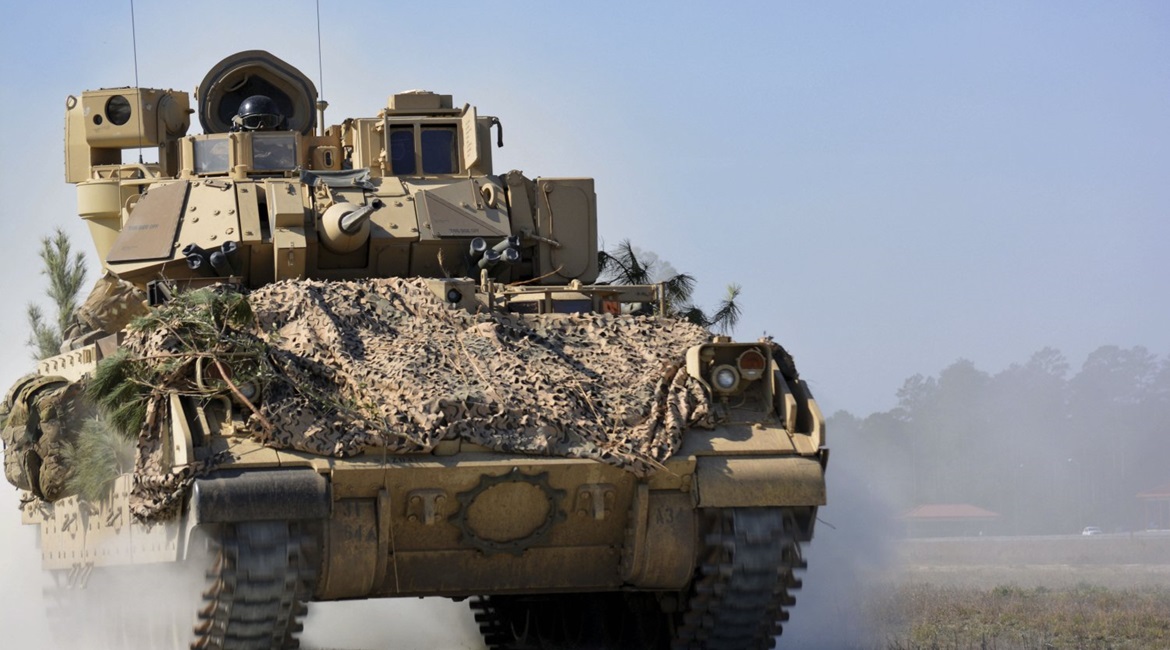
Cumbersome requirements will not be tied in to the US Army’s Optionally Manned Fighting Vehicle (OMFV) development programme, instead the service is presenting industry with problem sets designed to spark innovative solutions.
On 18 December the US Army released its initial concept design request for proposal (RFP) for its latest attempt at replacing the M2 Bradley infantry fighting vehicle (IFV) fleet. In it, the army is maintaining its set of characteristics – survivability, mobility, growth, lethality, weight, logistics, transportability, manning, and training – in lieu of stringent requirements that have previously hamstrung the effort.
“We are not going to put a nail in a single requirement until we have to,” Brigadier General Ross Coffman, director of the next-generation combat vehicle modernisation effort, told reporters during a virtual roundtable. “That allows industry to continue to innovate. It allows the government to maximise what the technological advances are, and it also enables us to ensure that we do not move the goalpost inadvertently and cause rework or additional schedule [time].”

An M2A3 Bradley Fighting Vehicle from 1st Battalion, 64th Armor Regiment, manoeuvres during a company combined-arms live-fire exercise at Fort Stewart, Georgia, in February 2017. The US Army has released its RFP for the revamped Bradley replacement effort. (US Army)
Although the army is broadly sticking to its characteristics plan, it is addressing some of industry’s concerns and desire for some additional direction.
“We first developed the characteristics of need and gave those to industry. Industry came back and said, ‘Look, we like it, but we need a little more granularity in three areas: How many people do you want to move; What's the envelope size;… . And how survivable you want this vehicle to be?’” Brig Gen Coffman explained.
Looking to read the full article?
Gain unlimited access to Janes news and more...


